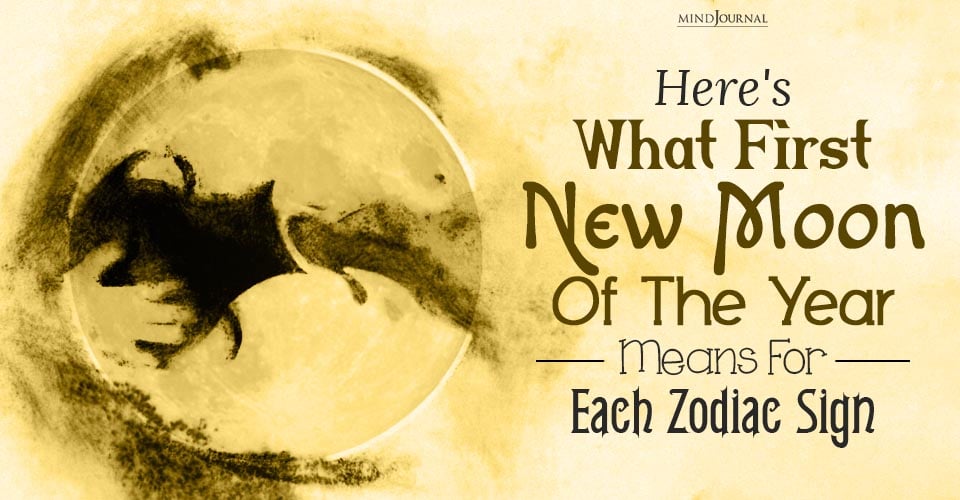What exactly are compulsive behaviors? A group aimed at defining these behaviors came up with the following: “Compulsive behavior consists of repetitive acts that are characterized by the feeling that one has to perform them while one is aware that these acts are not in line with one’s overall goal.” They are unhelpful tendencies, behaviors not aimed at working toward a real goal; they can be nonsensical to both the person who feels they have to act this way and the observer.
These behaviors are a coping mechanism for people who worry and who don’t worry, right? The trouble is when they get in the way of everyday life; for these people, there is mounting help available.
Compulsion and Anxiety
The most common form of compulsivity, obsessive-compulsive disorder (OCD), is a form of anxiety. That is to say, it is a psychological state characterized by excessive and persistent worry, fear, and nervousness about multiple different aspects of life. When people experience anxiety, they may engage in compulsive behaviors as a coping mechanism to alleviate their distress or manage it.
Someone with OCD may repeatedly check if the door is locked or the stove is off. These compulsive actions are performed in an attempt to quell the anxiety stemming from obsessive thoughts; in this case, “the house will burn down.” However, it’s important to note that while compulsivity can be a form of anxiety, not all compulsive behaviors are rooted in anxiety disorders. They can also be associated with other mental health conditions like addiction or eating disorders. This makes a comprehensive understanding of an individual’s symptoms and experiences tricky–but entirely possible; clinical psychologists and counselors who complete courses like counseling psychology online master’s programs are trained to tell the difference between general anxiety, OCD, and natural worry and angst.
Symptoms
Compulsive behaviors come in a range of shapes and sizes, but there are some telltale signs across the board. The Diagnostic and Statistical Manual 5th edition (DSM-5) lists obsessive thoughts and compulsive acts or rituals as the two main forms of recognizing obsessive behavior.
The first criterion states that these obsessions and compulsions must cause marked distress, be time-consuming (take up more than one hour a day), or interfere with daily routines like studying, socializing, or working. The second criterion states that if the person also has a mood disorder or other axis 1 disorder such as depression, then the compulsion can not only be due to this comorbidity, i.e., there must be compulsivity as a result of depression and alongside depression.
This criterion is important to know as it informs how compulsive behaviors are diagnosed and treated. The wording of compulsion as a ritual is important; many people have their own rituals, washing their hands every time they get home, taking off their shoes at home, and checking the gas is off three times to make sure. These behaviors are pretty common and do not constitute a problem on their own, it is when they begin to interfere with normal functioning that problems arise.
Causes and risk factors
Compulsions are learned behaviors that develop over time; they become habitual and are aimed at reducing anxiety. Even though compulsions are behaviors, genetics play a significant role in the development of OCD. If you have a family history of OCD, you are more likely to experience it at some point. Neurological abnormalities in brain structure and function, particularly in the prefrontal cortex, the region associated with decision-making and emotionality, are also associated with a higher prevalence of OCD. Disruptions in neurotransmitter activity, like serotonin and dopamine, are thought to contribute to the onset of compulsive symptoms.
Environmental factors can also impact the development of OCD. Traumatic life events, like abuse or loss, can trigger or make worse symptoms of OCD. High levels of stress and an inability to cope effectively with challenging situations may also increase the risk of developing problems. External pressures like familial, cultural, or societal pressure drive unrealistic expectations and can contribute to the onset of OCD symptoms. To treat those with compulsive disorder, practitioners have to take all this into account.
Treatments
Treatment usually involves a combination of therapeutic techniques and, sometimes, medication. Cognitive-behavioral therapy (CBT) is a widely recognized and effective approach for OCD and many other behavioral problems. Therapists like it because CBT is often faster than other forms of therapy and simple for practitioners to learn and apply.
Exposure therapy is one of the most effective treatments for any anxiety disorder; under the CBT framework, it involves gradually exposing individuals to their obsessive thoughts and preventing the accompanying compulsive behaviors. For instance, if a patient is fearful of door handles and washes all of their door handles 50 times a day, a therapist might gradually expose the patient to the ‘feared object’ until they are less scared; this could involve first watching the therapist touch the door handle, having the patient approach it and touch it more and more over time. Eventually, the fear that used to come and the resulting compulsions subside.
Alongside therapy like exposure and talk, medication can also be prescribed to alleviate symptoms of OCD. Selective serotonin reuptake inhibitors (SSRIs), which are a class of antidepressants, are often used to manage OCD symptoms. These medications work by increasing the levels of serotonin in the brain, helping to regulate mood and reduce the frequency and intensity of obsessive thoughts and compulsive behaviors.
**Please note this article should not serve as medical advice; if you or someone you care about is struggling, contact one of the many helplines, your GP, counselor, or psychologist.









Leave a Reply